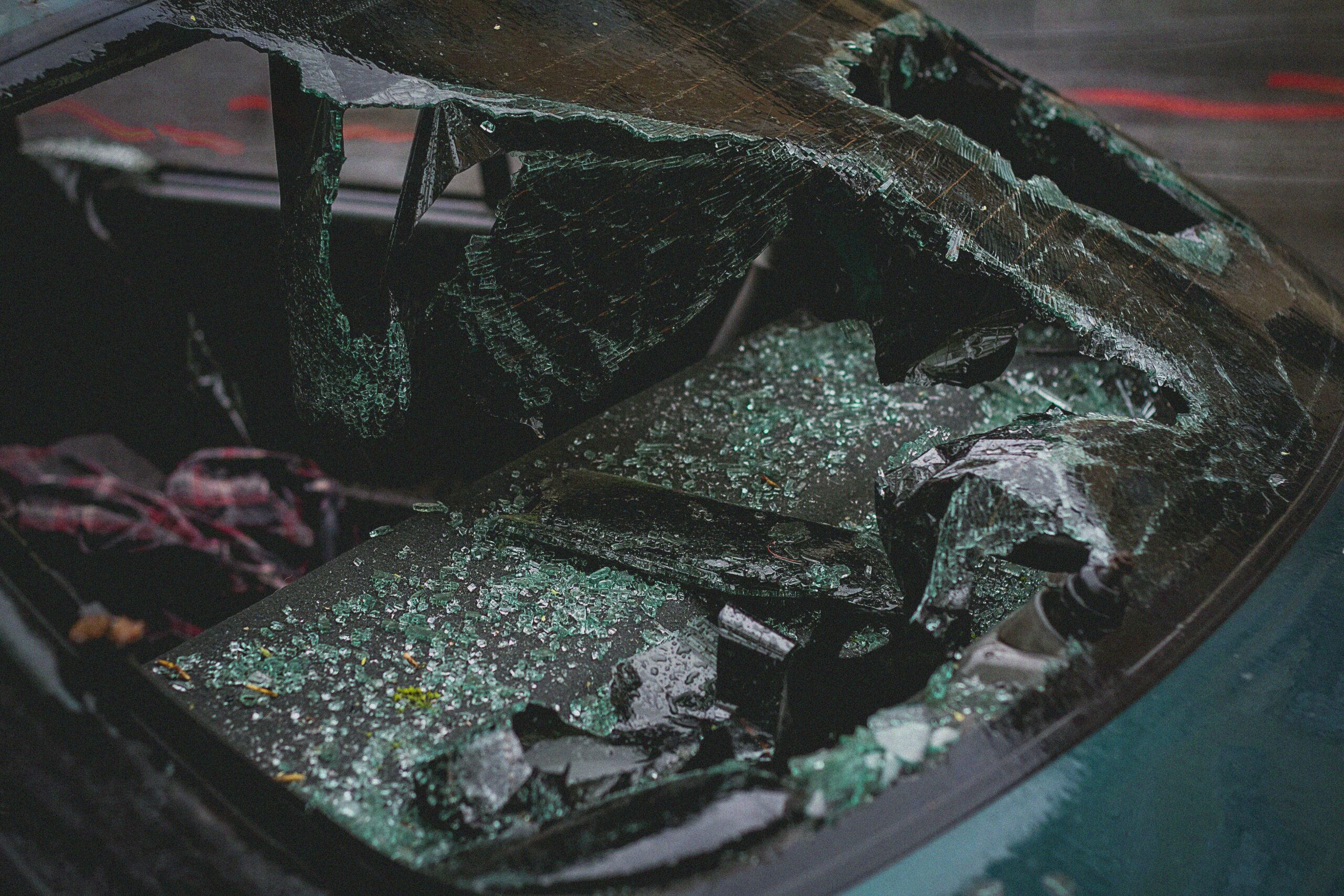You’ve probably seen at least one if not several rollover accidents in your lifetime. Usually, you’ll see an overturned car on the side of a freeway or in a ditch. Sometimes, you’ll see one in the middle of the road shortly after a car accident.
“Rollover accidents are directly related to a vehicle’s stability in turns. That stability is influenced by the relationship between the center of gravity and the track width (distance between the left and right wheels). A high center of gravity and narrow track can make a vehicle unstable in fast turns or sharp changes of direction–increasing the odds that it will tip over once it begins to skid sideways,” according to HowStuffWorks.
Causes of Rollover Accidents
The National Highway Traffic Safety Administration (NHTSA) describes rollover crashes as “violent in nature” and for good reason. The NHTSA also says that more than any other type of accident, rollovers reflect the interaction of several factors, including the road, the driver, the vehicle, and the environment.
So, while vehicles with a higher center of gravity are more likely to roll over than cars that are low to the ground, it’s more than that. Driver behavior, the road, and the environment can all play a role in the cause of the rollover. According to the NHTSA, these four factors are associated with rollover crashes:
- Type of Vehicle: While all types of vehicles can rollover, vehicles with a higher center of gravity, such as pickups and SUVs are more likely to roll over.
- Speed: The majority of fatal rollover crashes involve excess speeds, reports the NHTSA. What’s more, nearly 3/4 of fatal rollover crashes were in areas where the posted speed limit was 55 miles per hour or more.
- Location: Fatal rollovers often occur on rural roads with undivided lanes and no barriers. The NHTSA reports that nearly 3/4 of fatal rollovers occur on rural roads with a 55 mph speed limit.
- Alcohol: Nearly 50% of all fatal rollover crashes involve alcohol, the NHTSA reports. Even a little bit of alcohol will affect a driver’s muscle coordination, judgment, and vision, and they will be more likely to lose control of their vehicle.
Interestingly, NHTSA research discovered that more than 90% of fatal, single-vehicle rollover crashes involved routine driving, such as driving straight or negotiating a curve, which suggests that the person’s driving behaviors (e.g. speeding, distracted driving, and DWI) all play a significant role in a rollover crash.
Next: Duties Following an Injury Accident
In a rollover crash? Contact The Zendeh Del Law Firm, PLLC to file a claim for compensation.








